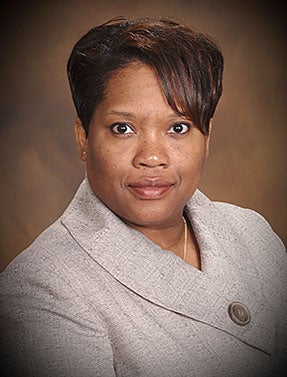Public and Private Financing Drives Energy Efficiency in Rural America
This commentary originally appeared on our EDF Voices Blog.
Those of us from rural areas know the special beauty of natural landscapes – and we know the challenges of living in sparsely-populated regions. Rural areas have higher rates of poverty and economic disparity, lower per capita income and disproportionate elderly and veteran populations when compared to more urban areas.
Rural homes and commercial buildings tend to be older and less energy-efficient, and more than half of all manufactured homes are located in rural communities. Many homes lack adequate insulation, weather stripping around windows and other basic improvements that reduce energy use and add dollars to household budgets.
Additionally, rural communities account for over 70% of our country’s land mass, about 12% of total electric utility customers, and are crucial to advancing national energy and economic goals. These often overlooked and underserved rural areas are ready for innovative public and private partnerships that promote the transition to a clean, low-carbon economy and wise energy choices.
USDA commits $250 million to rural energy efficiency
Rural electric cooperatives recently got some good news when USDA announced that $250 million is available in its Energy Efficiency and Conservation Loan Program to help residential and business customers make energy efficiency improvements that will lower their electric bills. Cooperatives can also use loan funds to improve their own energy systems, such as transmission and generation facilities.
“Ultimately, reducing energy use helps pump capital back into rural communities,” Agriculture Secretary Tom Vilsack noted. “This program is designed to meet the unique needs of consumers and businesses to encourage energy efficiency retrofitting projects across rural America.”
As a native of rural North Carolina, I welcome and applaud this much-needed assistance from USDA. It opens a whole new realm of possibilities for the hard-working families living in rural communities who are often challenged with gaining access to affordable loans to pay for efficiency improvements.
The role of private financing
In addition to federal programs like the USDA’s, private financing has a role to play. One example is in Eastern North Carolina, where EDF partnered with a local cooperative (Roanoke Electric Cooperative) and a credit union (Generations Community Credit Union) to design a programthat makes low-interest loans to homeowners in a seven-county region.
Roanoke Electric Cooperative serves 15,000 customers, and Generations Community Credit Union focuses on assisting underserved rural communities. Their new program will help homeowners with unusually-high electric bills finance basic, yet critical, efficiency measures.
Here’s how it works: Qualified homeowners can borrow up to $4,000 for improvements, with interest rates as low as 3.5 percent. Customers conveniently pay back the loans through their utility bills. It’s called on-bill finance, and the Roanoke/Generations program is the first in North Carolina to use private capital for energy efficiency retrofits.
Imagine the benefits as innovative financing programs like these spread to rural areas across the country. Access to affordable loans will spur economic development, help cooperatives invest in a cleaner, more reliable, resilient electric system and allow families to live in homes that are easier and cheaper to heat and cool. And that’s good news no matter where you call home.













